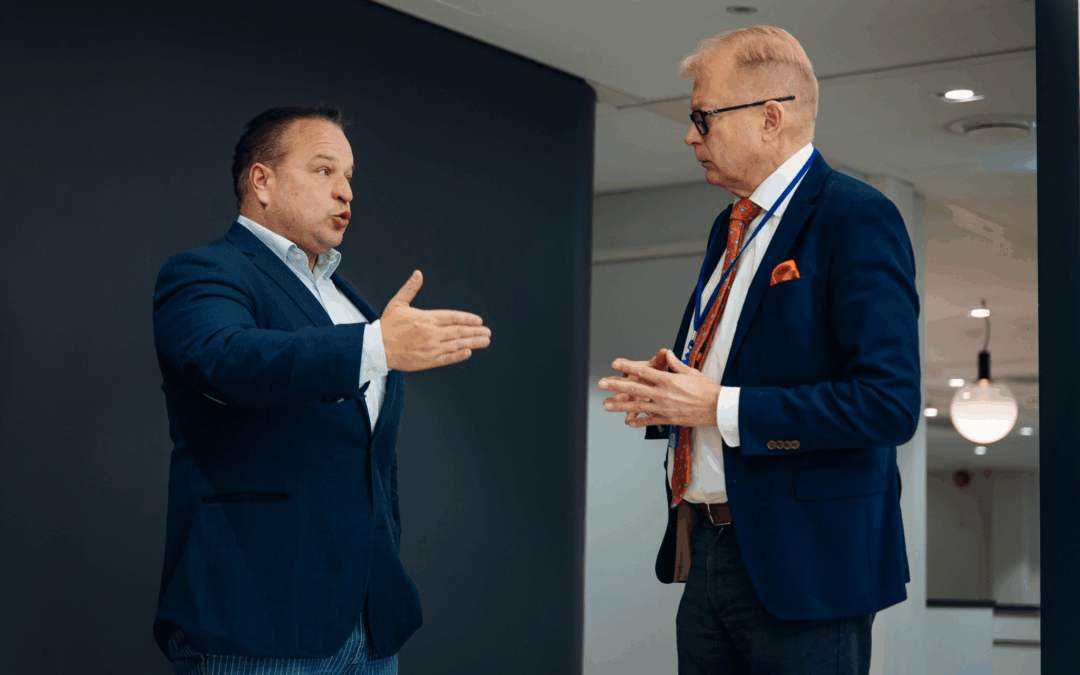Both LinkedIn profile and traditional resume are playing crucial roles in job search and professional networking. However, they serve different purposes and require distinct approaches. Understanding these differences can enhance your job search strategy and professional presence. For many this is self-evident, but by reading this it might encourage you to think like recruiters and hiring managers do.
Purpose and Audience
Your resume is usually a targeted document tailored for specific job applications. It highlights your skills, experiences, and achievements relevant to the position you are applying for. Recruiters and hiring managers are the primary audience, and they often spend only a few seconds scanning each resume.
In contrast, your LinkedIn profile is a public, online representation of your professional identity. It is accessible to a broader audience, including recruiters, colleagues, and potential clients. It serves as a networking tool, allowing you to connect with professionals in your industry.
Content and Format
Resumes are typically concise, one to two pages long, and follow a structured format. They include sections like contact information, a summary or objective, work experience, education, and skills. The language is formal and focused on quantifiable achievements.
LinkedIn profiles offer more flexibility in content and format. You can expand on your experiences, including multimedia elements, and showcase endorsements and recommendations. The tone can be slightly more conversational, reflecting your personality and professional brand.
Level of Detail
Resumes require brevity and precision. Each word counts, and unnecessary details should be omitted. Tailoring your resume for each job application is crucial to highlighting the most relevant experiences and skills.
LinkedIn allows for more comprehensive storytelling. You can provide detailed descriptions of your roles, projects, and accomplishments. This platform is ideal for showcasing a broader range of skills and experiences that might not fit on a resume.
Updates and Maintenance
Resumes are static documents that you update as needed, typically when applying for new positions. It is essential to keep them current but focused on the job at hand.
LinkedIn profiles require regular updates to reflect your latest experiences, skills, and achievements. Engaging with the platform by sharing content, commenting, and connecting with others can enhance your visibility and professional network.
Visibility and Networking
Resumes are private and shared selectively with potential employers. They are not designed for networking but for specific job applications.
LinkedIn is a powerful networking tool. It allows you to connect with industry professionals, join groups, and participate in discussions. A well-optimized profile can attract recruiters and open new opportunities.
.. And What to Consider?
Both LinkedIn profile and resume are essential components of a successful job search strategy. Understanding their differences and leveraging their strengths can enhance your professional presence and increase your chances of landing your desired job. Keep your resume concise and targeted, while using LinkedIn to showcase a broader professional narrative and engage with your network.
